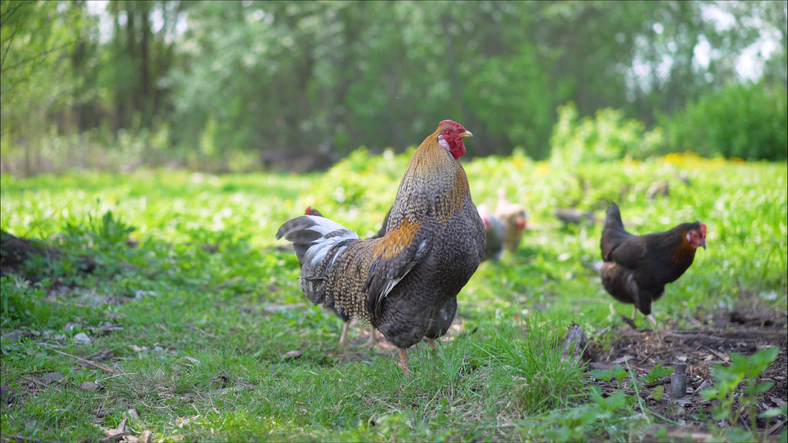Homesteading has become a buzz word in recent years, encompassing everything from hobby farming to a fully-committed attempt to live off the grid.
Homesteading has been around forever. In principle, homesteading is growing or making what you need. The term “homesteading” largely comes from the 1862 Homestead Act, which gave American heads of household 160 acres of unclaimed land west of the Mississippi River, free of charge.
This land was technically owned by the federal government. If the homesteader was able to show that they improved the land, in terms of establishing farms and structures, after five years they were awarded a permanent deed. Homesteading helped settle southeastern Colorado.
In recent years, homesteading has enjoyed a renewed interest, in part due to the popularity of the farm-to-table movement. These days, the term is often used to communicate a degree of self-sufficiency. In modern practice, homesteading is marked by gardening, bee-keeping, and raising chickens, goats, or pigs. Sometimes it includes pickling, canning and other methods of food preservation. Some homesteaders may recycle grey water or even find off-grid ways to power their homes or hobby farms.
Homesteading is a way to practice environmental sustainability. Controlling your own personal food supply limits the amount of pesticides you are ingesting and lets you raise livestock in ways that align with your personal values.
Colorado Homesteading
- Know your zoning laws, make sure your area is zoned for agriculture, and find out what kind and how many animals you can raise on your land.
- Colorado water rights can be complicated. Make sure you’re aware of yours with this helpful guide.
- Do your research. Read books on hobby farming and get to know the fine folks at The University of Colorado extension program. Check out blogs and resources run by other Colorado hobby farmers and homesteaders.
- Put safety first. If you’re planning to use large equipment, such as a tractor, find a good instructor. According to the National Institute for Occupational Safety and Health, tractors claim an average of 125 lives a year in the U.S. Frequent roll-overs on slopes or rough terrain make them the most dangerous piece of equipment on most farms.
- Know what grows well in your area. Do you want to grow herbs to make your own skincare products? Are you most interested in growing grains or vegetables? Check out your growing zone before deciding what to plant.
How to Start Your Homestead
- Make a budget. Figure out how much money you want to invest. How much will you need for chicken coops and animal pens? How much will you need for seed? For farming equipment? Do you need a greenhouse? Is there anything you can make or raise yourself, rather than buy?
- Construct any structures, pens and fencing that you need. Do you need winterized cages for rabbits? Do you need a dry place to store feed? Build these things before you have rabbits or feed to shelter.
- Start with a single species. For example, once you’ve learned to care for your chickens, you can branch out into goats.
- Set goals. What do you want to plant in your first year of homesteading? What do you hope to accomplish? And be flexible about your goals. Farming comes with a learning curve.
- Insure your homestead. Colorado Farm Bureau Insurance’s Country Home policy can offer protection for farms of between 1 and 110 acres, plus livestock, harvested crops and the structures and equipment used in the agricultural operations, as long as these farming operations are not your primary source of income.
Interested in learning more about coverage options for your homestead or small farm? Talk to a Colorado Farm Bureau Insurance Agent today.

